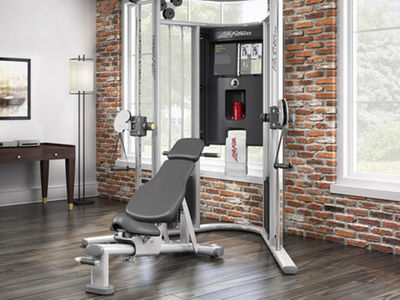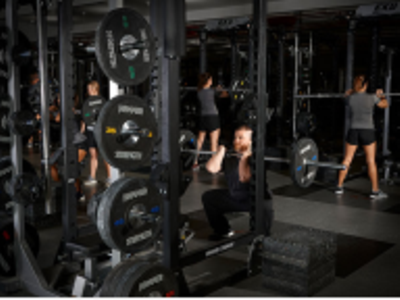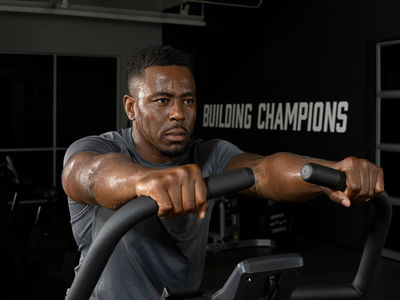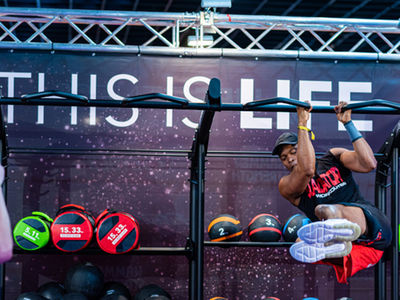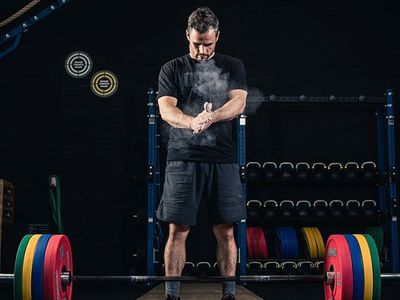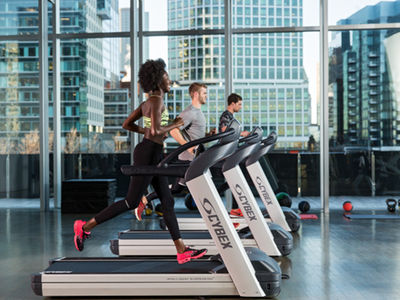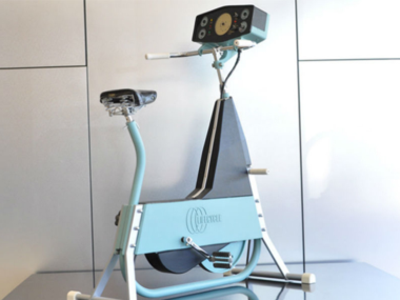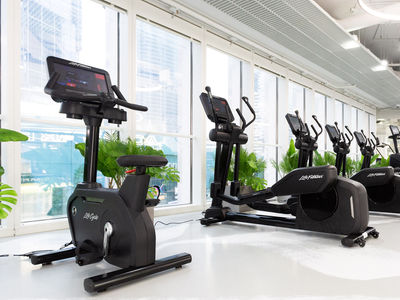When it comes to fitness, many people believe that sweating profusely during a workout is a clear indicator of its effectiveness. However, this common perception is not entirely accurate. Understanding the relationship between sweating and workout intensity can help you gauge your exercise routine more effectively.
The Role of Sweating
Sweating is the body’s natural mechanism for regulating temperature. When you engage in physical activity, your body generates heat, prompting your sweat glands to produce moisture. This moisture evaporates from your skin, helping to cool your body down and prevent overheating.
While sweating is essential for temperature regulation, it does not directly correlate with the quality or effectiveness of your workout. Various factors influence how much you sweat, including:
Exercise Intensity:
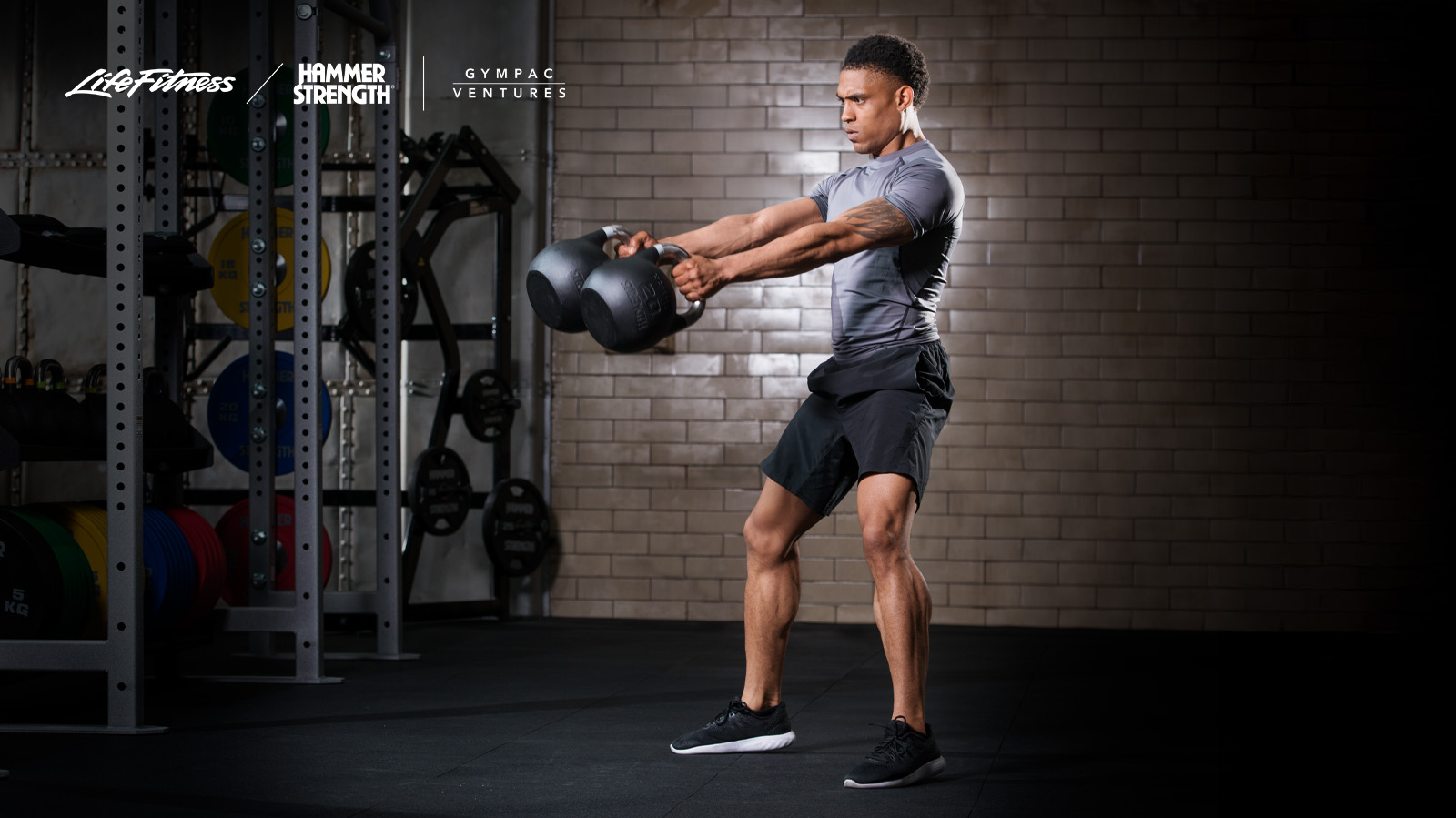
High-intensity workouts, such as sprinting or interval training, typically produce more sweat than low-intensity activities like walking or yoga.
Environmental Conditions:

The temperature and humidity of your workout environment can significantly affect sweating. Warmer and more humid conditions lead to increased perspiration.
Individual Differences:
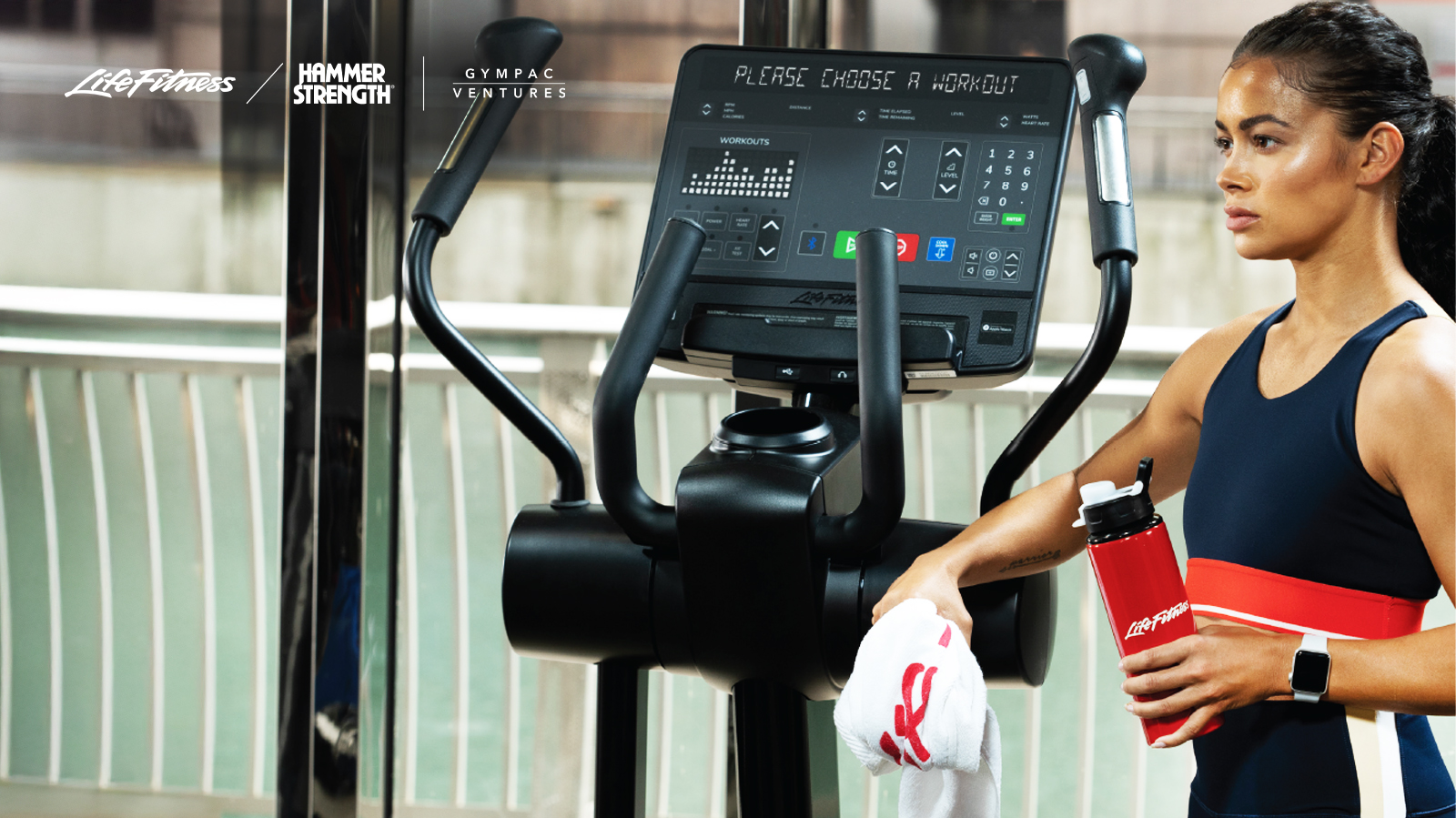
Factors such as genetics, body composition, and fitness levels play a crucial role in how much you sweat. For instance, fit individuals often sweat more efficiently because their bodies have adapted to regulate temperature better.
Misconceptions About Sweating

It’s a common misconception that the amount you sweat directly reflects the effectiveness of your workout. While it’s true that more intense workouts often result in more sweat, this is not a universal rule. Some people may sweat less despite exerting themselves just as much as others who are drenched in perspiration.
Additionally, dehydration can impact your ability to sweat. If you’re not properly hydrated before exercising, your body may struggle to produce sweat, which can hinder its cooling process. Conversely, excessive sweating could be a sign of hyperhidrosis, a condition that results in excessive perspiration regardless of temperature or exertion level.
Alternative Indicators of a Good Workout
Instead of relying solely on sweating as an indicator of workout quality, consider other metrics:
Heart Rate:
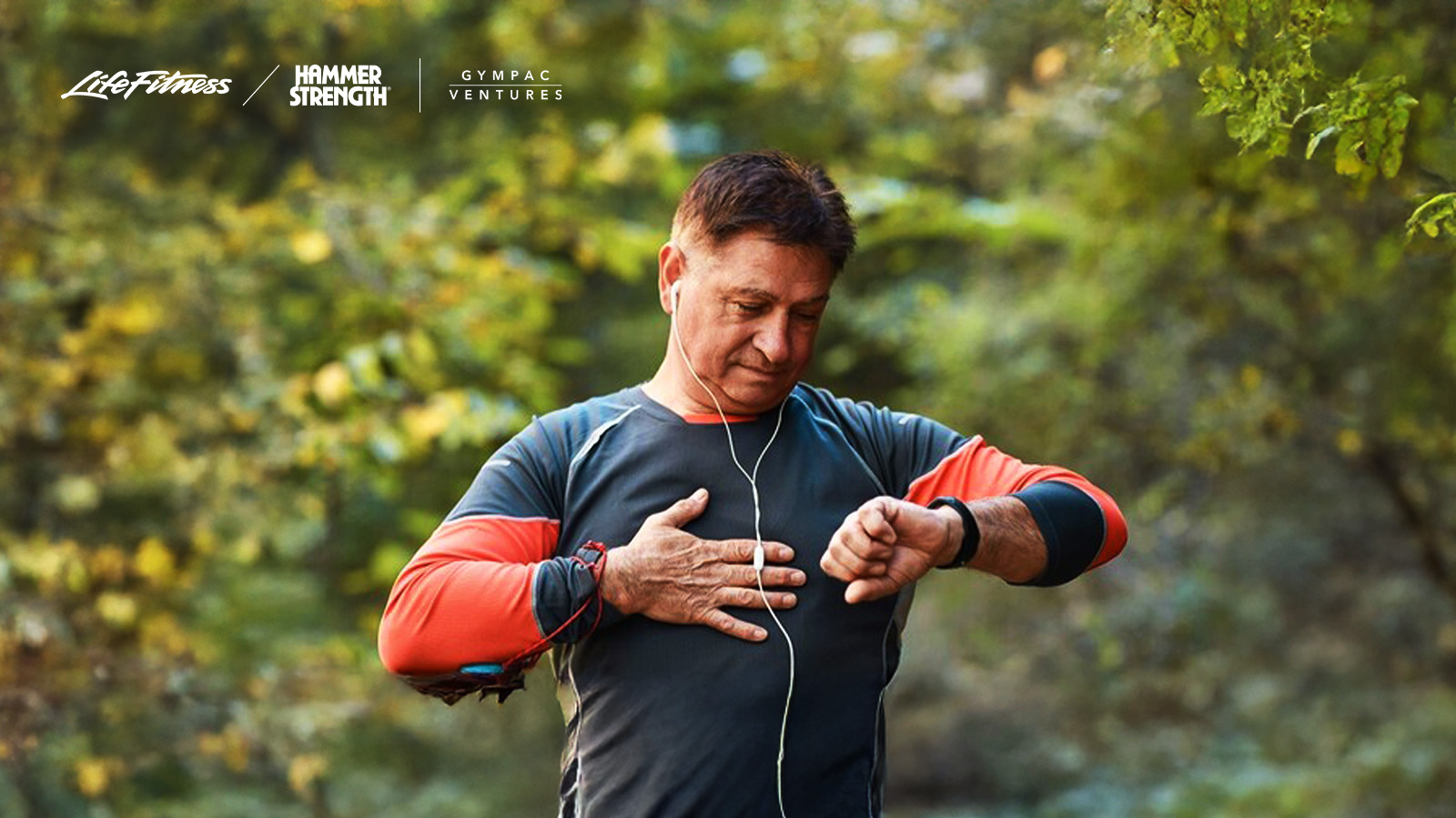
Monitoring your heart rate can provide insights into the intensity of your workout. Aim for a target heart rate zone that corresponds to your fitness goals.
Muscle Fatigue:

Feeling muscle fatigue or soreness after a workout can be a better indicator of effective strength training.
Breathing Rate:
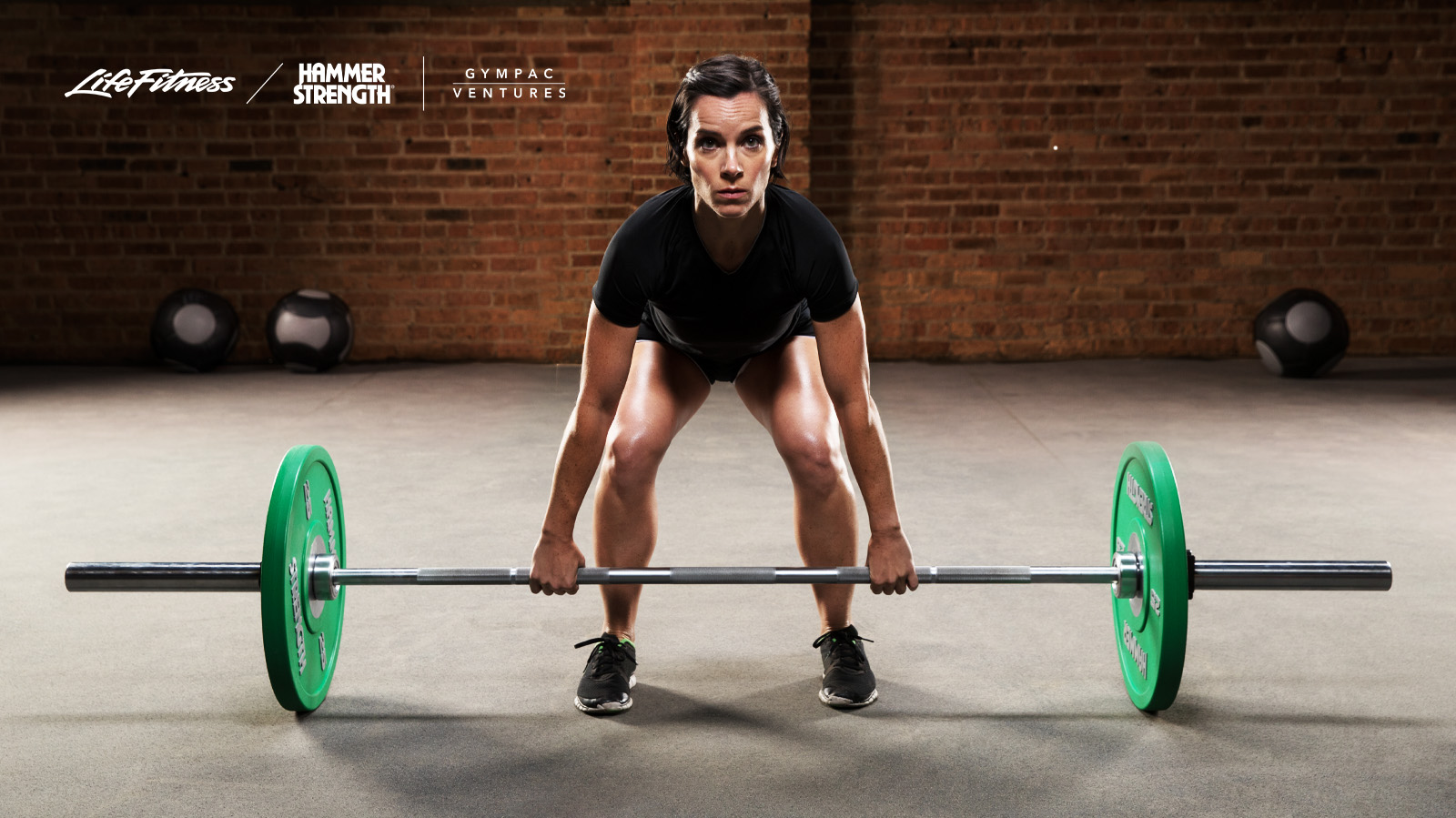
An increased breathing rate during exercise often signifies that you are working hard and pushing your limits.
Energy Levels:
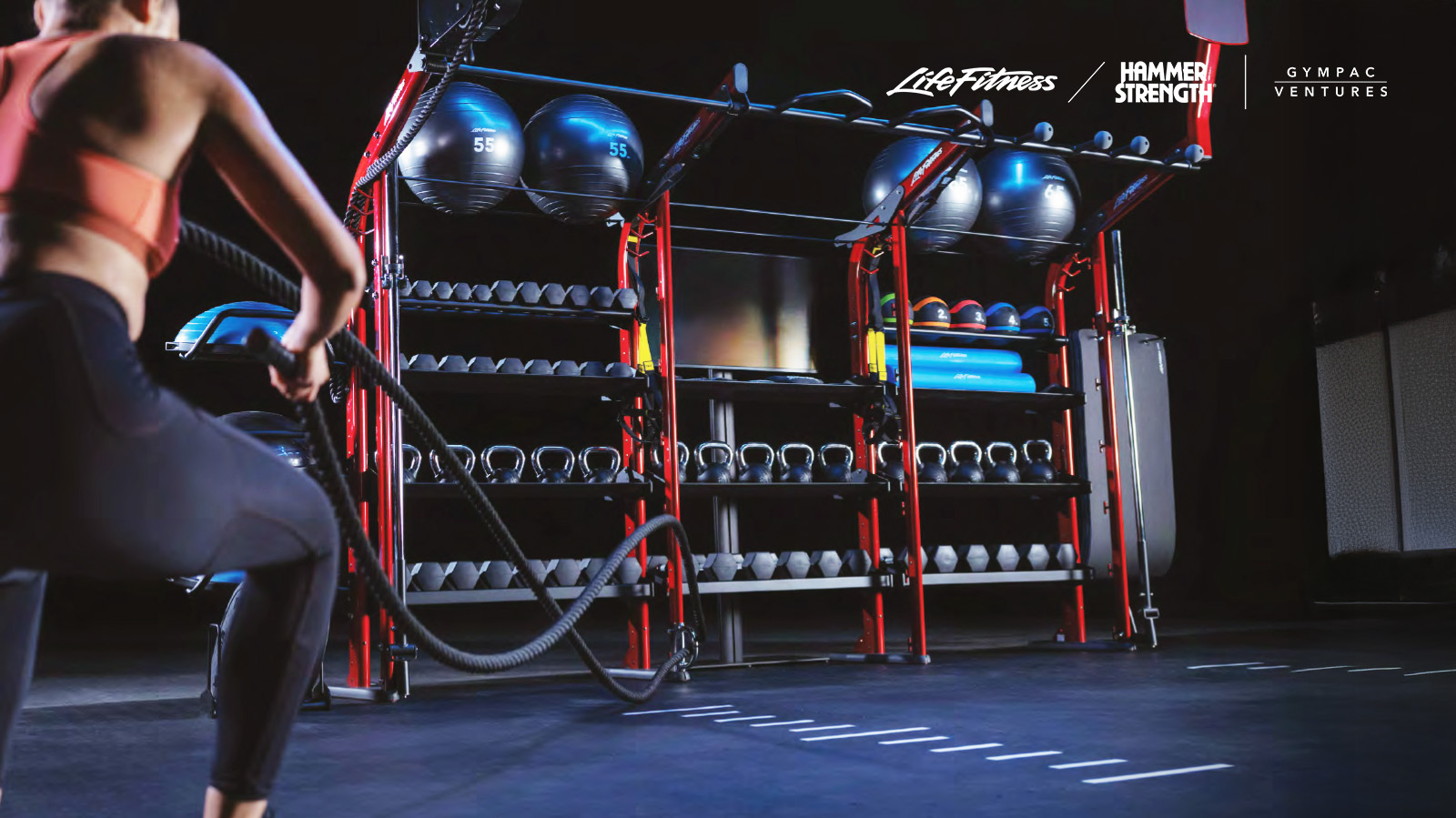
Reflecting on how energized or accomplished you feel after a workout can also serve as an important measure of its effectiveness.
In conclusion, while sweating is a natural response to exercise and helps regulate body temperature, it should not be the sole indicator of a good workout. To effectively assess your workouts, focus on metrics such as heart rate and muscle fatigue rather than just perspiration. Ultimately, what matters most is how you feel and the progress you make over time.
Disclaimer:
This blog post does not provide medical advice. It is for information purposes only. It is not a substitute for medical advice, diagnosis, or treatment. Never ignore professional medical advice when seeking treatment because of something you have read on Life Fitness India. If you need a medical emergency, contact your doctor immediately.


